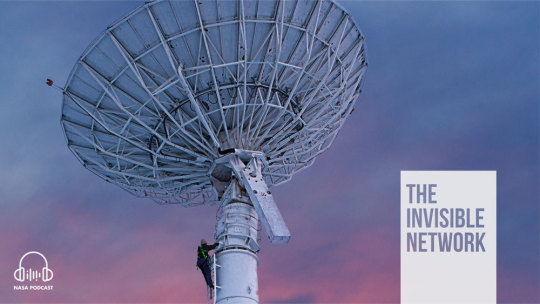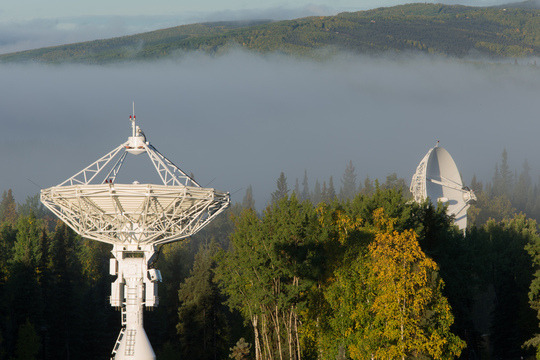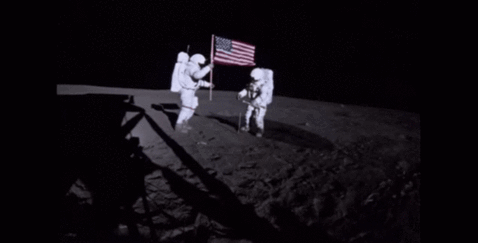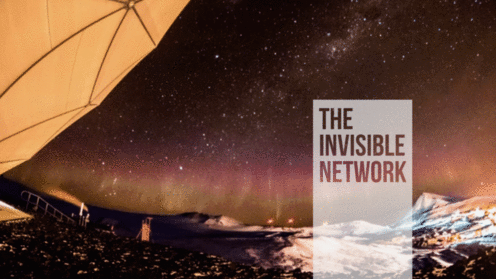We sit on the precipice of a golden age of space exploration — a renaissance of space science and technology. Every day, our missions send millions of bits of data to Earth, unraveling long-held mysteries about the universe, our solar system and even our own planet. But what makes it all possible?

Today we debut a new, limited edition podcast called “The Invisible Network.” It brings you a side of NASA you may have never seen or heard of before — oft overlooked technologies crucial to spaceflight and humanity’s ambitions among the stars.

Communications is the vital link between Earth and space. A collection of far-flung ground stations enabled the Apollo missions: our first steps on the Moon; the Voyager missions: our first brushes with interstellar space; and supported the earliest space and Earth science missions, expanding our knowledge of the stars and of ourselves.

Today, our communications networks are vastly different than those that supported Apollo. Tomorrow’s networks will be even more advanced.
“The Invisible Network” explores technological innovations guiding us into the future. These seemingly un-sexy feats of engineering will allow us to return to the Moon, journey to Mars and venture ever-further into the unknown.

Artist’s rendering of the upcoming Orion missions.
Our podcast’s title, “The Invisible Network,” comes from author and former NASA engineer Sunny Tsiao’s book, “Read You Loud and Clear,” published in 2008. Tsiao notes that our communications and tracking programs are often described as “invisible.” Infrastructures, he writes, are seldom recognized, except when they fall short.
If our networks are invisible, perhaps it’s because they work so well.

We hope you’ll join us on our journey into The Invisible Network. Subscribe to the show and share us with a friend. For more information visit nasa.gov/invisible or nasa.gov/scan.
Make sure to follow us on Tumblr for your regular dose of space: http://nasa.tumblr.com.





Комментариев нет:
Отправить комментарий